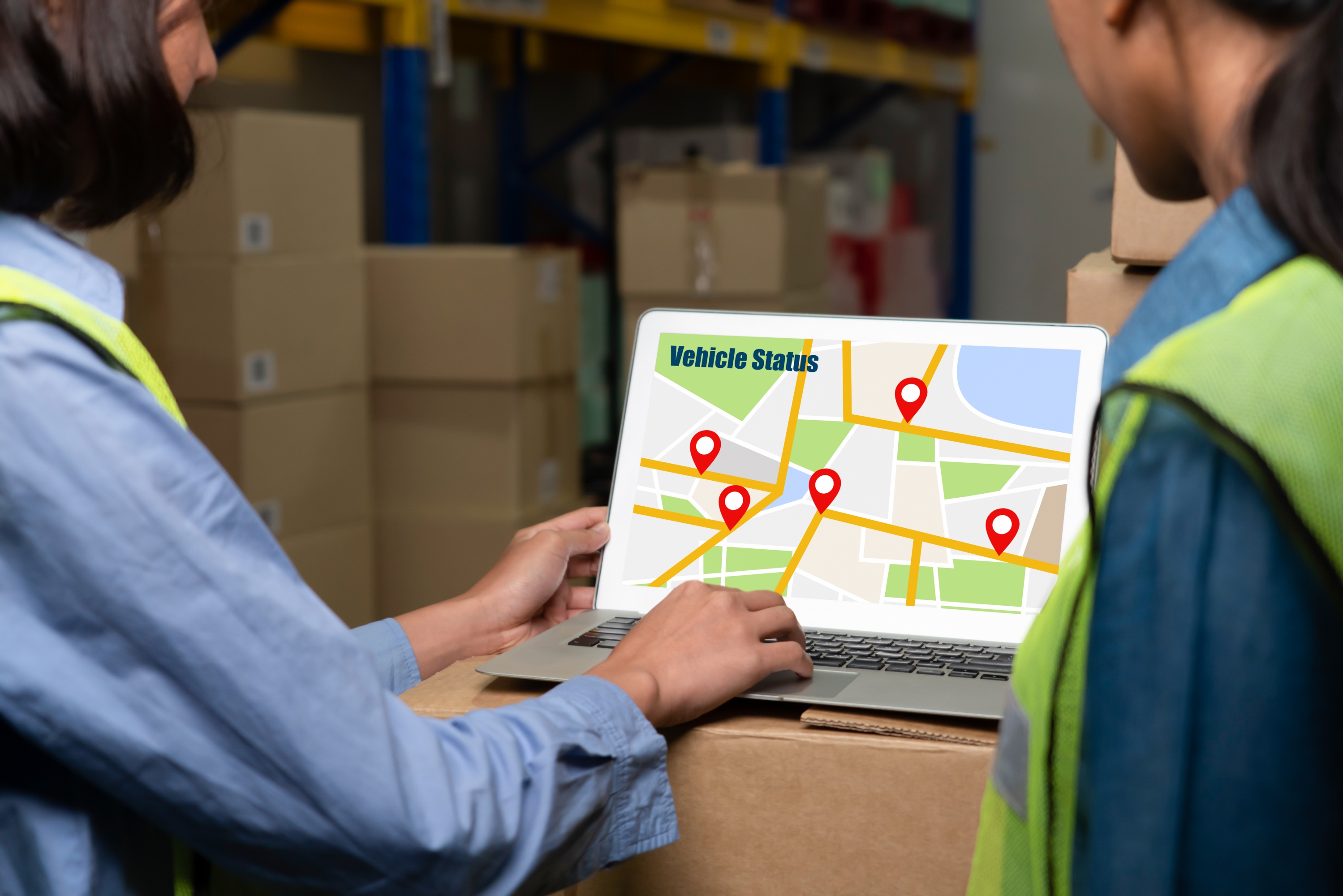
Consumers are increasingly concerned about the environmental impact of their purchases today. Sustainable products are no longer the only thing in consumers' minds. Many are searching for brands that do their part to protect the environment. The YouGov study reveals that half of all Asian-Pacific consumers believe that it is the businesses’ responsibility to ensure their supply chain does not harm the environment. Among the logistics industry's highest carbon pollutants are the last-mile deliveries, which make transportation an important component of the logistics industry.
In light of consumers' expectations for last-mile deliveries, it is crucial that all logistics companies look into shifting towards sustainability. In order to demonstrate that one is environmentally cognisant, one needs to demonstrate it with their carbon emissions level. Thus, the ultimate goal for all logistics last-mile delivery is to reduce carbon footprint.
How Green Logistics can lower carbon footprint
The best solution to carbon footprint reduction is to implement Green Logistics into one’s last-mile operation. Green Logistics aims to reduce environmental impacts caused by delivery procedures. By integrating green logistics into business operations and sustainability, organisations can improve both at once. Your impressive carbon footprint can bring numerous benefits, from realising cost savings to attracting customers. Not just that, but, customer loyalty can also be attained with over 88% of consumers expressing that they will stay loyal to a company that places importance on sustainability. All in all, with your ability to reduce carbon footprint emissions, you can potentially strengthen your relationship with your consumers as you have exemplified sensitivity to the environment.
Challenge 1: Inefficient Load Planning
When delivering your last mile, how often do your vehicles carry their full load? Underutilisation of vehicles and inefficient load arrangements have been a persistent challenge for many logistics companies. In fact, 35% of all truck miles are driven by underused trucks. According to Nikhil Suresh, the Senior Manager of Data Science at Convoy, more than 87 million tons of carbon dioxide are released annually from the 61 billion empty miles from underutilised trucks in the US. This is a devastating statistic for the environment. In order to maximise the capacity of each truck, efficient load planning where cargoes are combined and transported in the fewest number of vehicles possible is necessary. With load optimisation, total driven mileage will be downsized, reducing the total carbon footprint emissions in last-mile operations.
Challenge 2: Lack of visibility in Last-Mile Logistics
Having a clear overview of one’s carbon emissions level is essential to achieving the goal of carbon footprint reduction. The logistics industry lacks visibility over its carbon emissions rate, lacking critical data for a smarter transportation process. The Global e-Sustainability Initiative estimates that digital technologies can reduce CO2 emissions by 20% by 2030. For companies to be classified as environmentally conscious, it is imperative that they have access to "green" transportation information. Only with data visibility can monitoring and tracking be done. This way, companies can evaluate their progress, improve their operations, and communicate future planning efforts to reduce carbon emissions to meet their environmental goal - an effort regarded highly by consumers today.
Characteristics of an efficient Green Logistics solution
In order for you to quantify, understand, and achieve your ESG objectives, your green logistics solution should include:
- Reduces mileage and vehicles
- Include tools to track and measure your carbon footprint emissions
With technology that optimises the volume of loads carried by your delivery vehicles daily and generates efficient routes, you can reduce total mileage driven and number of vehicles used, reflecting a lower carbon footprint in total.
To measure carbon emissions, one's carbon footprint must be tracked and measured so that such emissions can be visible and quantified. This brings in the need for tools that are capable of tracking and reporting such data.
With a green logistics solution that comprises optimisation technology and carbon emissions tracking tools, one is able to showcase their company’s efforts in pursuing sustainability. By building a branding image that mirrors the current expectations of consumers, companies reap the benefits of fulfilling consumer demands for a greener last-mile operation.
SWAT Mobility - Your Green Logistics Solution
Mileage reduction has always been at the core of SWAT's technology, and so is the corresponding decrease in carbon emissions. We provide AI-powered technology that optimises your mileage and vehicle usage as well as tools that amplify your environmental impact.
Want to discover how you can transform your logistics into one that revolutionises the current landscape for a sustainable future?
Drive your sustainability goals with SWAT as we help you lower your carbon footprint - a goal every logistics operator is chasing after.
Get in touch with SWAT Mobility now!

Fleet Management System Enhancing Dispatch Efficiency
A robust fleet management system enables businesses to monitor vehicle performance, driver behavior, and fuel usage in real-time. By leveraging data-driven insights, companies can make informed decisions that enhance operational efficiency and extend the lifespan of their fleet assets.

Sustainable Transport Management System
A transport management system (TMS) streamlines logistics by optimizing route planning, tracking, and fleet coordination in real-time. Discover how SWAT Mobility's TMS enhances operational efficiency and supports smarter, data-driven transport decisions.



.webp)

.svg)



